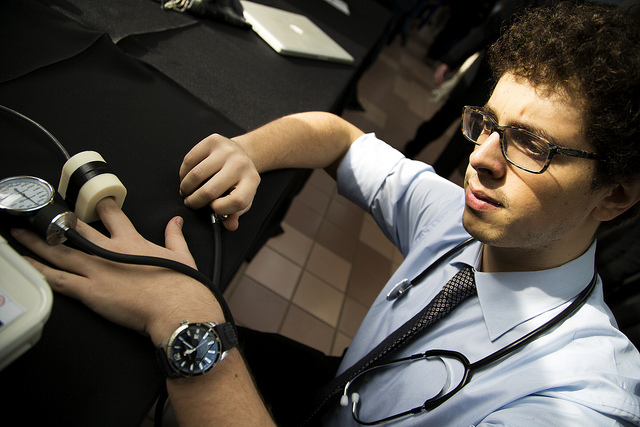Description
Laparoscopic surgery, also known as minimally invasive surgery (MIS), is a surgical technique in which operations in the abdomen are performed through small incisions. Some of the current MIS instruments originally designed for single-patient use are re-sterilized by hospitals in resource-limited settings in order to distribute the cost among several patients. Lack of proper sterilization poses major risks to the patient and the integrity of the instrument may be compromised due to its inability to withstand repeated re-sterilization processes. For example, the speed and efficacy of sealing blood vessels decrease after multiple uses of a specialized tool, increasing risk for post-surgery bleeding complications. There is a need for a low environmental impact and low cost laparoscopic instrument that can cut through tissue and stop bleeding.
There are many challenges involving the use of laparoscopic dissection and blood arrest devices in developing countries. One of these is the high device cost resulting from importation from the United States. So in efforts to manage costs, hospitals reuse laparoscopic devices intended for single use. This practice is hazardous to the patients since post sterilization safety and efficiency of the tools decrease with each reuse. A low cost, low environmental impact device would encourage surgeons to limit device use to safe numbers and pose fewer hazards to the environment.
An overall suitable solution to the low cost issue, namely going for a mixed reusable/single use solution, was implemented and the basic deployment of this design was illustrated in our functional and non-functional prototypes.With this overall design, costs were reduced through reusability of the device handle and by disposing of the parts that come in contact with compromised human tissue, thereby reducing post-surgical cleaning of the tool before re-sterilization. Furthermore, the novel addition of a hemostatic agent as the primary ligation system simplified the mechanisms sufficiently to allow the handle to be re-sterilized safely. Furthermore, the polypheylsulfone plastic proposed for the major material for the device plastic should provide sufficient durability to the handle parts to ensure that several procedures will be able to be performed before device failure. Finally, due to the reusable handle, the overall volume of medical waste that is generated for ligation device dependent procedures will be drastically reduced.
This summer in Kenya I learned so much about myself as well as other cultures, and I gained experiences that will last with me forever. Getting to do things I had never experienced before has opened my eyes and my heart in many ways, and I will continue to grow from these experiences.
What to Know About The Global Health Design Initiative

Program History
GHDI has been working with stakeholders for more than eight years to identify and address global health design challenges. Learn more about our history and core values.
Learn More →
Project Outcomes
Since inception, we have worked on projects in maternal health, family planning, minimally invasive surgery, physical medicine and rehabilitation, and more. Explore our past and current projects.
Learn More →
Get Involved
There are many ways to get involved in global health work with GHDI. From taking on a need statement, to participating in an opportunity, or becoming a partner.
Learn More →

